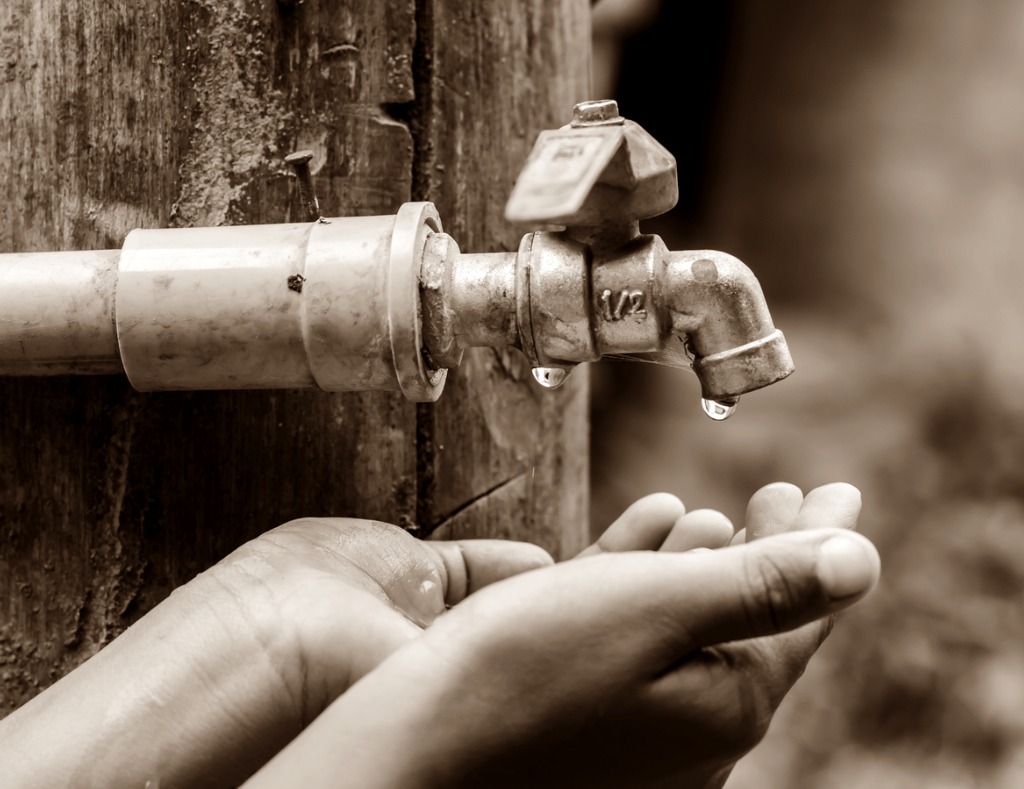
Despite rains, bad water management may put TN in a spot
With reservoirs in Tamil Nadu brimming due to steady monsoons, hopes are soaring among farmers who predict a bumper crop. However, lack of adequate infrastructure to harness water and inefficient water management systems pose a challenge.

With reservoirs in Tamil Nadu brimming due to steady monsoons, hopes are soaring among farmers who predict a bumper crop. However, lack of adequate infrastructure to harness water and inefficient water management systems pose a challenge.
Deficient to sufficient
Day zero, a term that was coined during Cape Town water crisis last year, found a new meaning for residents of Chennai a few months ago. The city was hit by severe water scarcity. However, a good spell of rains have eased the crisis.
With 5.6 thousand million cubic feet (TMC) in four major reservoirs of the city – Chembarambakkam, Puzhal, Poondi and Sholavaram – and a total of 6.8 TMC including Veeranam Lake, it is far from water deficiency now, says Pradeep John, a weather blogger. He says, “Last year, around the same time, we had just about 2.9 TMC including the water in Veeranam.”
He adds that since 2012, this is the second best year of water storage, the earlier one being in 2015 after December floods. With the state witnessing extended shower till December end, John says such incidents aren’t rare. “We had a similar situation in 2011 and when Cyclone Thane hit the state. This time too, we may get good rains, but this may not impact the water levels,” he adds.
The green picture
In the state’s delta region, Mettur Dam and Bhavani Sagar Dam have been brimming, with the latter hitting 105 feet of its full capacity last month, after four decades.
“Mettur has recorded almost 120 feet for four months,” John points out. The 85-year-old dam and the largest in the state provides water for agriculture in 14 Cauvery delta districts. More than 2.5 lakh hectares are irrigated by this dam which is one of the major drinking water sources for nearly 25 districts.
R Rengalakshmi, director, eco technology programme, MS Swaminathan Research Foundation (MSSRF), points out that the groundwater levels are largely dependent on water bodies and not the reservoirs.
“The water bodies are not brimming this year and that will have a direct bearing on the groundwater. Groundwater is a major resource of water for a large section of farmers (at least 60% of them) who cultivate vegetables and flowers for a steady income, especially during the summer.”
The state can be divided into seven agro-climatic zones, depending on soil and rainfall among other parameters. Except the Delta region which is a canal command region, largely dependent on rains in Karnataka, the rest of the state is dependent on monsoons – south west and north east.
She explains that the rocky terrain undersoil in the South needs high intensity rainfall, 35 mm and above for at least 10-15 days for recharging groundwater levels.
Larger issues remain
The groundwater level has gone up across the state by three metres, courtesy the monsoons and effective implementation of rainwater harvesting systems, says Dr P Alli, Senior Assistant Professor in Economics, Vellore Institute of Technology.
“The Tamil Nadu Water Supply and Drainage Board (TWAD) has recently said that they have built about 12,568 rain water harvesting structures. We are now happy that the groundwater level has increased, but this cannot rule out the fact that there will be water shortage again.”
She points out that the larger reasons for droughts and shortage in the state remain. “It is not just climate change that we need to blame here; there is human inaction and issues like encroachment and poor water management due to leaky pipes, illegal connections and water mafia persist.”
Dr Alli adds that several coastal districts in the state have failed to construct check dams to ensure that rain water doesn’t enter the ocean.
“The World Bank in 2006 has pointed out that only a fraction of rain water is being captured for storage. Across India, water infrastructure remains poor.” She also cautions that the number of days of rain have come down.
Smaller, traditional and effective practices
In Thiruvarur district, a collector and geologist Dr Natarajan had ensured percolation of rain water into the water bodies.
K Ramasamy, director, faculty and academics, SRM University, Chennai, explains, “As a result, aquifers were replenished across with a rise by almost 5 metres in groundwater levels. There are many such small and effective practices that are not taken up a larger scale.”
Soil breeding or a practice in which the silt from water bodies were used by farmers in their fields to provide nutrients to the crops has also been ended in the state, with the Public Works Department taking up the maintenance of large tanks and water bodies.
Ramasamy says, “In Coimbatore and Tirunelveli, the collector had allowed farmers to use the silt in their farms. Earlier, we had better ways to manage water with people managing the storage of water in open tanks from rivers. These have been replaced in recent times.”


